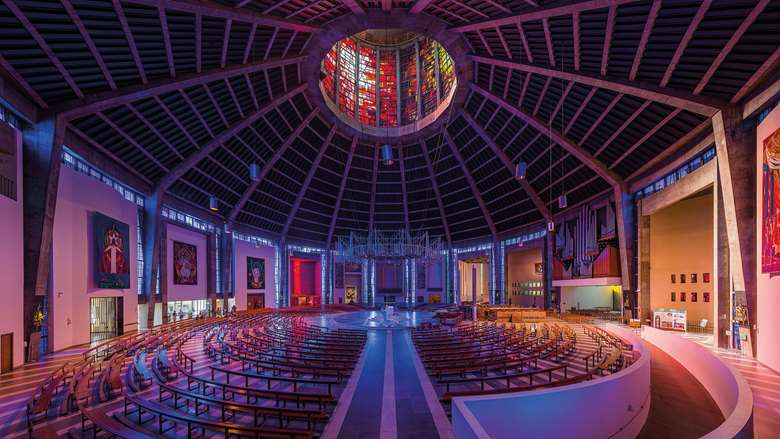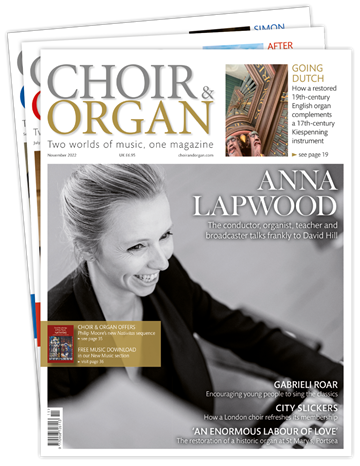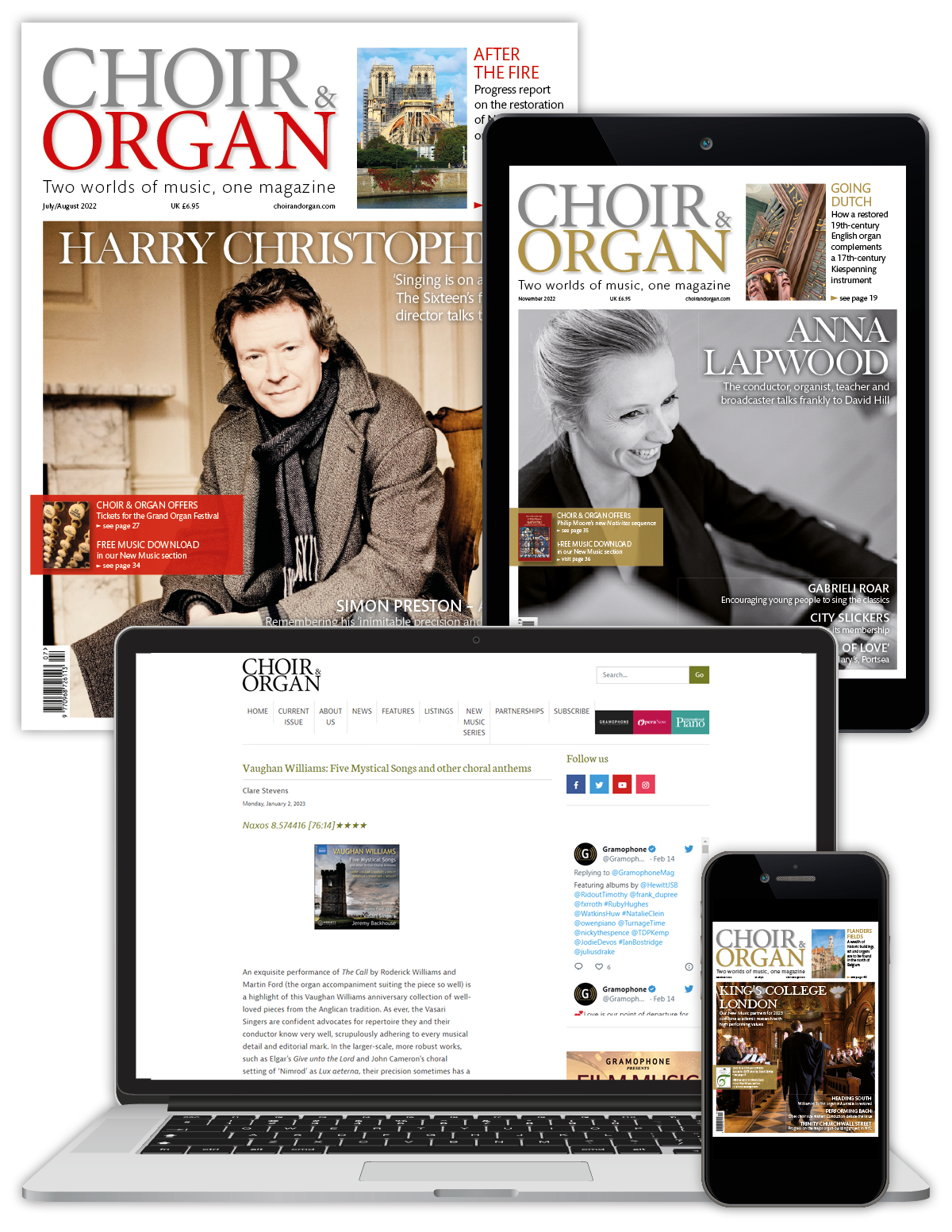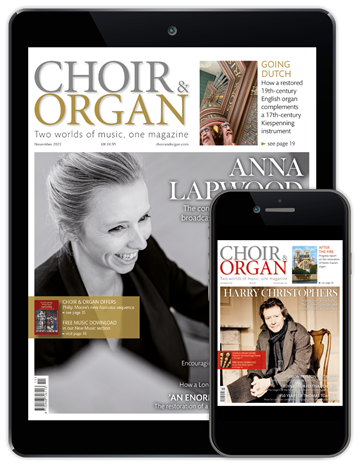Liverpool Metropolitan Cathedral organ
Tom Bell
Wednesday, February 21, 2024
A respectful restoration of the inspired Walker organ at Liverpool Metropolitan Cathedral has released its intended potential for the first time. Tom Bell takes us on a tonal tour

Register now to continue reading
This article is from Choir & Organ. Don’t miss out on our dedicated coverage of the choir and organ worlds. Register today to enjoy the following benefits:
- Free access to 3 subscriber-only articles per month
- Newly-commissioned sheet music to download from our New Music series
- Unlimited access to Choir & Organ's news pages
- Monthly newsletter






